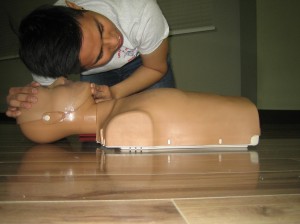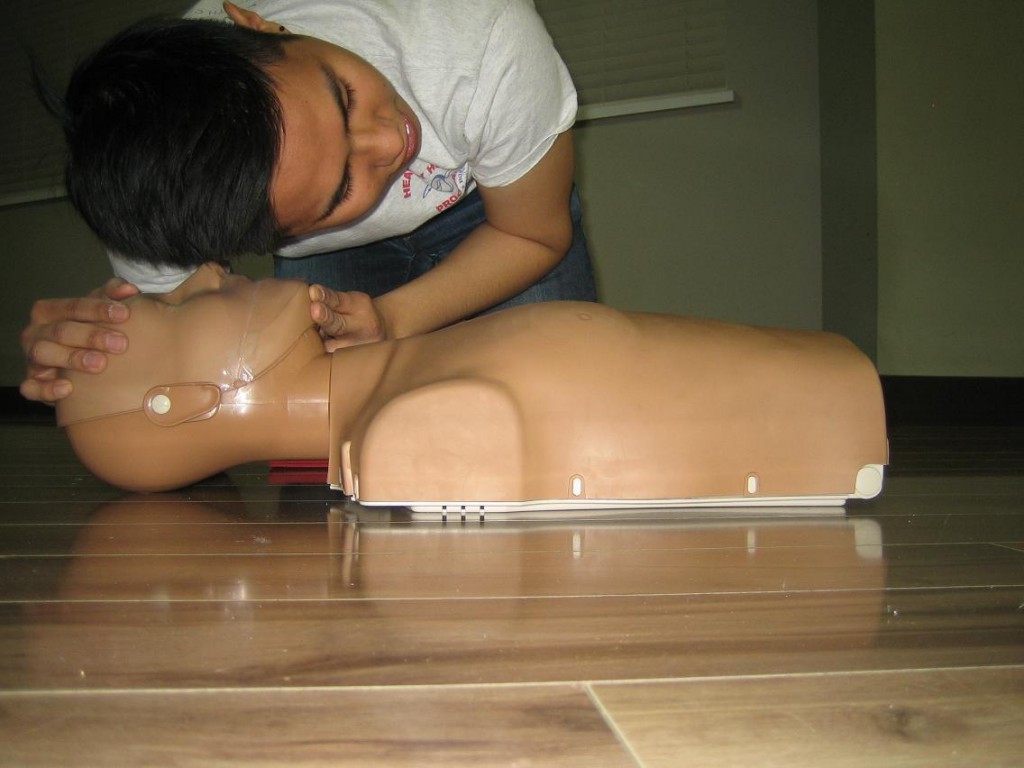It is often common to hit the head on a hard surface accidentally and this can cause either a minor or major concussion. A concussion is a form of a brain injury that can alter the brain’s normal function. Unless it is a minor concussion, the condition may lead to headaches, difficulty in remembering and ability to concentrate. On certain occasions the person may also manifest coordination and motor problems. A minor concussion usually results in symptoms that are temporary.
Causes of a concussion
The most common cause for a concussion is a sudden blow to the head. It can also caused by shaking the head or when the upper body is violently shaken. The most affected system in the brain is the reticular activating system (RAS) which is often displaced and from its normal position in the brain, usually temporarily. Once the displacement of the RAS occurs the electrical activities of the brain cells are affected thereby causing the symptoms seen in a concussion. The incident of a concussion is common which is not only seen in car accidents but also in contact sports injury and on children. However, minor concussion is usually self remitting and the brain recovers fully especially with minor injuries.

Dealing with a concussion incident
A mild concussion is often not a problem and one does not even need to see a doctor. A minor bump in the head may cause some bruising and a small lump is formed on the affected area. Application of an ice will help reduce the swelling and will prevent bruising. However, children who sustained a concussion are often unable to express how they feel and it is most prudent to take your child to a doctor for a more thorough assessment. Adults with a more serious concussion will usually manifest the signs of vomiting, loss of consciousness that may last longer than 30 seconds, show irritable behaviour, motor coordination problem, slurred speech, disorientation and confusion.
The best first aid response to a concussion includes the following:
- Prevent further injury by asking the person to stay calm, stop their activities and rest.
- Apply a cold washcloth or an ice over the affected area (especially when a bump is apparent).
- Provide some medication to relieve pain like a Paracetamol.
- If the brain injury is accompanied with a wound make sure to clean the area, apply an antiseptic and cover it with clean gauze. You are likely to find these things from a first aid kit.
A concussion may be serious enough as to make the person lose consciousness. In case the person stops breathing, a basic CPR training will come very helpful in making the person regain his normal breathing.
References:
NHS. Concussion – Causes. Accessed on June 2, 2014 from http://www.nhs.uk/Conditions/Concussion/Pages/Causes.aspx.
Web Med. First Aid and Emergencies. Accessed on June 2, 2014 from http://www.webmd.com/first-aid/concussion-treatment.

